Account-based Marketing is not available to everyone - sorry.
What?
What do you mean that ABM is not available to everyone? Quite simply, ABM as a strategy is not suitable for every company, every product and every market. It is not a panacea for all marketing ills.
But when it comes to complex sales, ABM can completely transform the ways in which you connect and interact with customers and prospects.
In the latest episode of Let’s talk ABM, Mathew Kent, Senior Marketing Manager (UK & IE) for Pegasystems, shares his top tips for supporting complex SaaS sales with Account-based Marketing.
In the interview (full recording here), we discussed:
- Why ABM is the right strategy for complex sales
- How to build a strong Sales and Marketing alignment
- What success looks like for Pega’s ABM strategy
- Advice on how to succeed at Account-based Marketing
So let’s take a look at some of the key takeaways from the interview:
7 ways to support complex software sales with ABM
1. Aim to ‘demystify’ ABM
In order to get the most out of your ABM efforts, you need to close the gap between Sales and Marketing.
Both teams need to speak the same language.
But ABM can be complex at the best of times and involves a lot of Marketing terms that many salespeople either won’t know - or won’t care about.

From your MQAs to your MQLs to your ICPs and DMUs - the key to successful alignment between your teams is to cut the jargon and focus on communicating effectively and efficiently.
“I think one of the mistakes that ABMers can make is to almost rely too much on the principles, the academic side of Account-based Marketing and to talk the language of Account-based Marketing to a Sales organization” - Matt Kent, Senior Marketing Manager (UK & IE), Pegasystems
The moment you’re able to communicate with your Sales team in a way that you can understand and engage with is the moment your ABM efforts will click into place.
So instead of talking about ABM tactics, talk about the tactics in relation to the Sales cycle. Talk about business outcomes. Talk about wider business goals that ABM will help you to achieve.
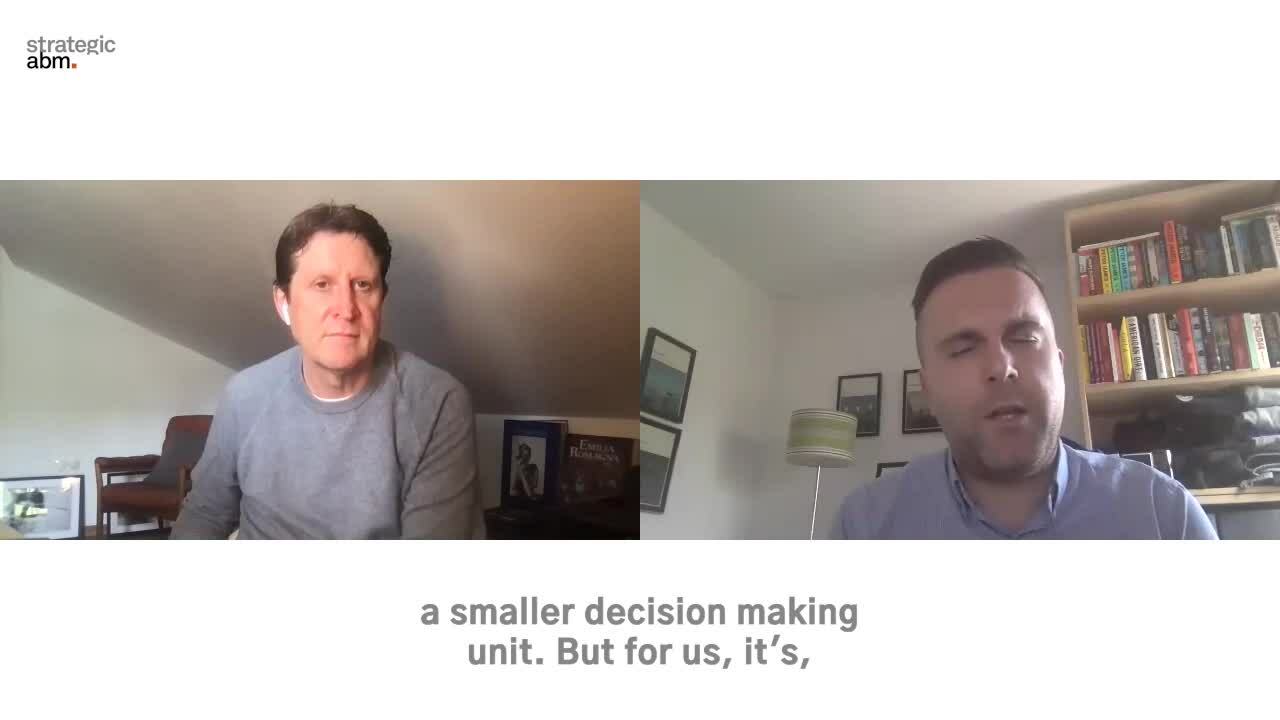
Ultimately, it’s not all about Marketing. So you need to step away from some of those Marketing terms that are only known by Marketers because otherwise, you can never hope to get that buy-in from within your organization.
2. Time to market is key
Sales teams are very used to moving quickly. It’s all about getting that lead through the Sales cycle and out on the other end as a closed-won account. They’re also very used to working on multiple deals at one time.
But this can often lead to some misalignment between Marketing and Sales.
Because ABM is a long-term strategy, it takes a lot of work to get from A to B, especially when looking at more complex Sales cycles.
So what can you do to speed up the process and improve time to market?
Have the strategy set out from the outset.
If you have the content and the playbooks and the resources that Sales teams need to close the deal, ready to deploy off the shelf, then that entire process will be a lot more efficient.
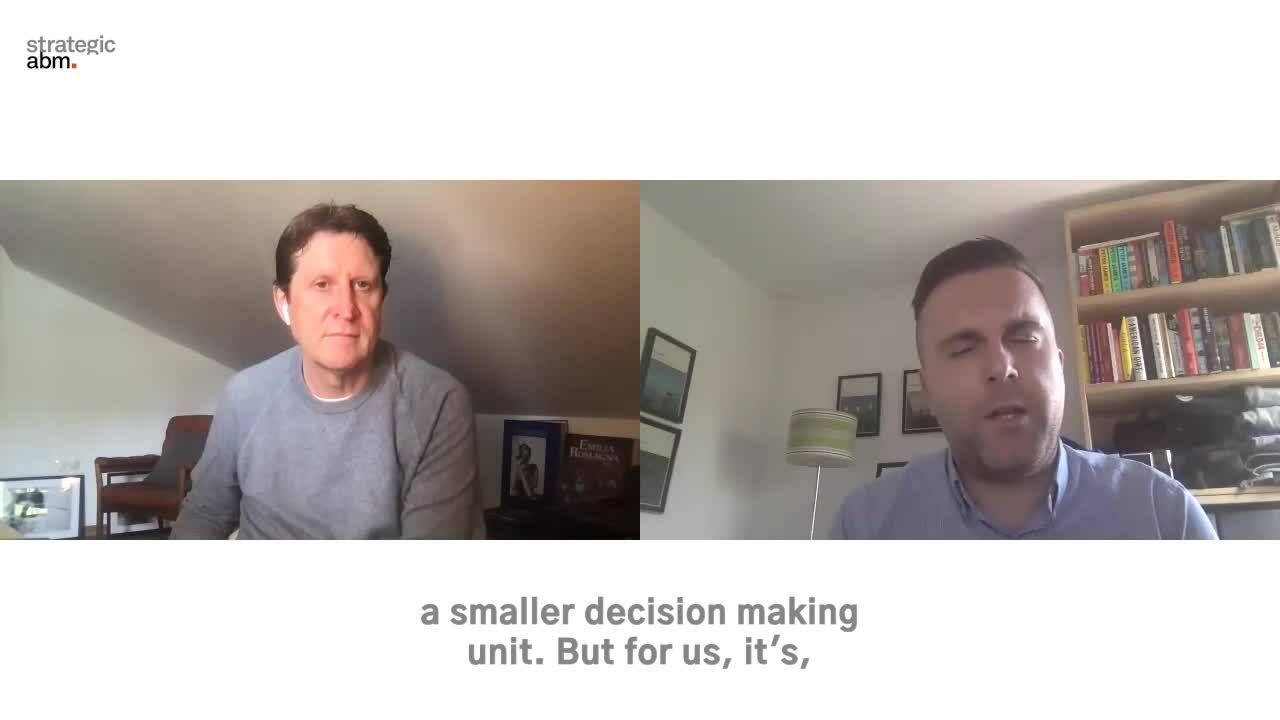
That’s why being transparent and up-front with your Sales and Account teams at the outset is key - not just in terms of what you need from them, but also in terms of what they will get in return for their efforts.
Because if you have that openness with your teams, you’ll be able to both receive and provide the support needed across your organization to help your program run smoother and more effectively.
“I think one of the lessons that I've learned about working with Sales is when you're taking them on an Account-based Marketing journey, you can't be having hours and hours at workshops with them and then there being a considerable delay to actually getting into execution mode [...] time to market around anything in Account-based Marketing is vital.” - Matt Kent, Senior Marketing Manager (UK & IE), Pegasystems
3. Follow the three ‘Rs’
Revenue, Reputation, and Relationships.
These three metrics are the key to assessing the performance of your ABM program.
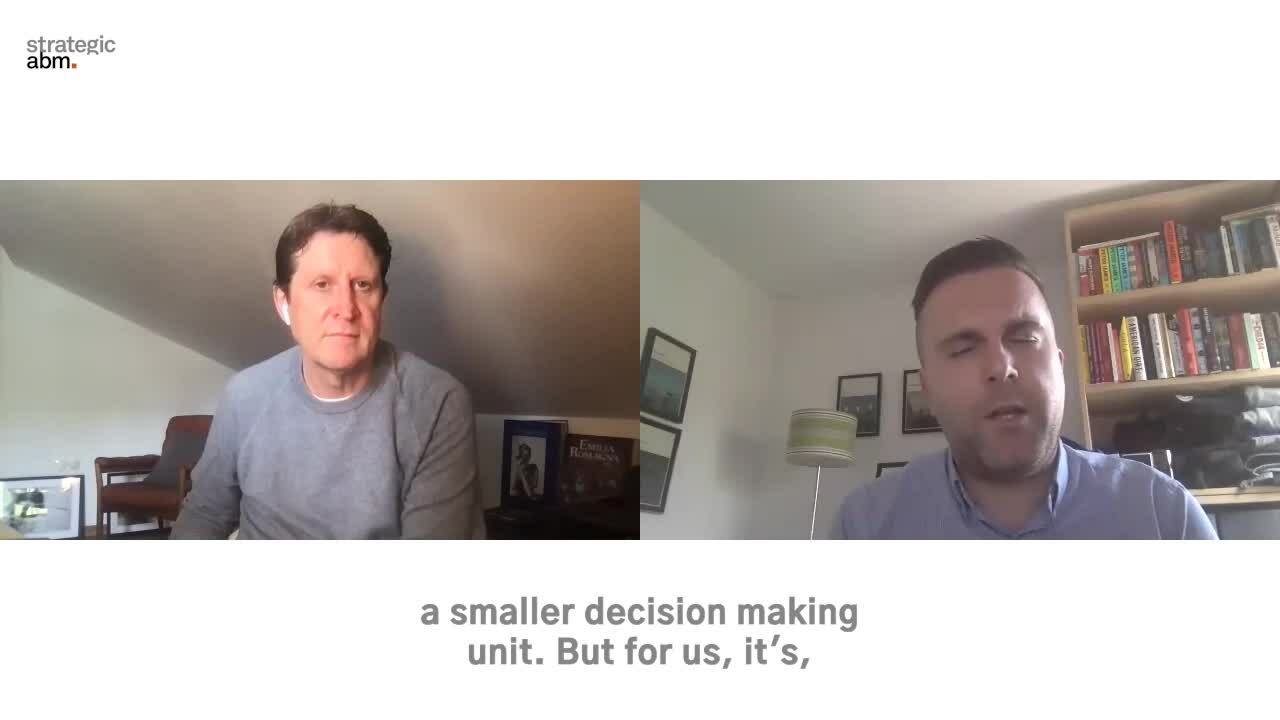
Of course, the end goal is Revenue. There’s no point investing all that time and money into ABM if, in the end, it has no impact on your ROI.
But is Revenue the only indicator of ABM success? We believe not.
ABM is about winning, growing, and retaining your most important accounts. So that means that if you’re not building strong relationships with your accounts and improving your reputation, then you’re not doing ABM.
“I think it boils down to looking at what data is available to you in your organization and aligning those measures and metrics, KPIs... whatever you want to call them, to the three 'Rs', and making sure that you've got a great scorecard in place from day one, so that you can report the successes of what you're doing” - Matt Kent, Senior Marketing Manager (UK & IE), Pegasystems
Ultimately, Reputation and Relationships are great indicators of what’s to come in terms of revenue further down the line. If you’re measuring reputational uplift, chances are that you will be closing more deals in the near future.
So that means you want to be looking at:
- How many contacts you have within an account?
- How many of those contacts are engaging with your content?
- What feedback are you getting from these contacts?
- How long do these conversations last?
And particularly with more complex Sales cycles, you want to review your progress against these metrics regularly.
Set a benchmark and review your performance every two, three, six months - however often you feel is necessary - to ensure you hit those benchmarks and meet those long-term goals.
4. Invest in account selection
Account selection should be one of your biggest priorities for a successful ABM strategy.
You can have the best ABM program going, with really engaging and personalized content and great visuals - but none of that is going to matter if you’re not targeting the right people!
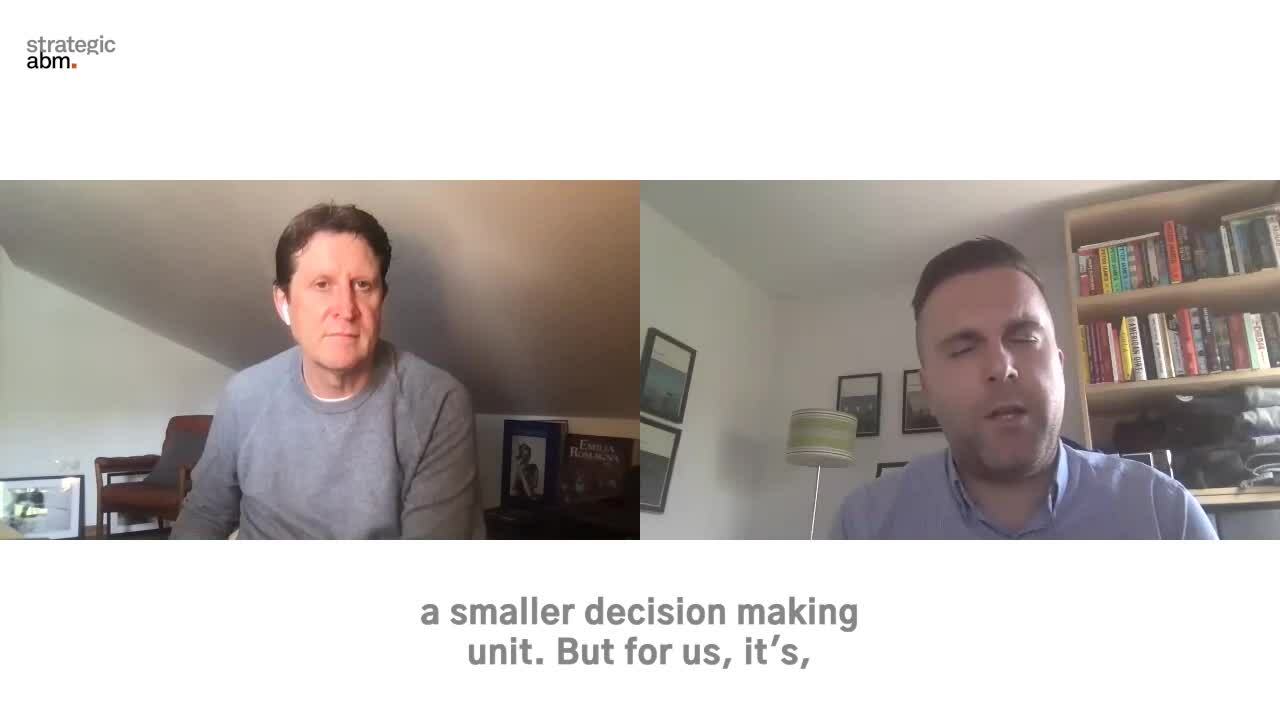
So getting that account selection right is vital.
But how can you be sure that you’re going after the right accounts? Data.
Data should be informing every decision you make when it comes to ABM. If you want to succeed, there’s no such thing as a wild stab in the dark. Your decisions need to be calculated and supported.
So start diving into the data you have within your organization, and assess whether this account is a good fit for your business and whether you’re a good fit for them!
“It really empowers us as 'ABMers' to have those critical discussions about, where should we be investing, not as a Marketing organization, but as a business?” - Matt Kent, Senior Marketing Manager (UK & IE), Pegasystems
In simple terms, you want to assess 'Business Strength' and 'Account Attractiveness' as defined by the GE-McKinsey Matrix.
With ‘Business Strength’, you want to ask yourself, are we in a good position as an organization to land and expand this account or to win that opportunity? Do we have the budget and resources needed to help us get there?
And for ‘Account Attractiveness’, you want to assess how this account aligns with your ICP. Is this account the perfect fit for your organization?
Once you start to look at Accounts in that way, you’ll be able to assess whether the account is worth the time, resource, and risk it would require to pursue it further.
5. Focus on achieving and maintaining Executive engagement
We’ve already spoken about the necessity of obtaining business-wide buy-in for ABM to work.
But a huge part of this comes down to Executive-level engagement. If your C-suite isn't involved in the process and isn't getting enthusiastic about ABM, you can never hope to fully succeed.
“The lesson is, if you've got a 'must win deal' and you're not benefiting from Account-based Marketing, you stand a lesser chance of closing that deal. So, really it's a huge call to action to our Sales team about, if you've got a 'must win deal' and you're not engaging with Marketing, you're missing out.” - Matt Kent, Senior Marketing Manager (UK & IE), Pegasystems
And when we talk about Executive engagement, it doesn’t just relate to internal buy-in. It rings just as true for engaging your accounts.
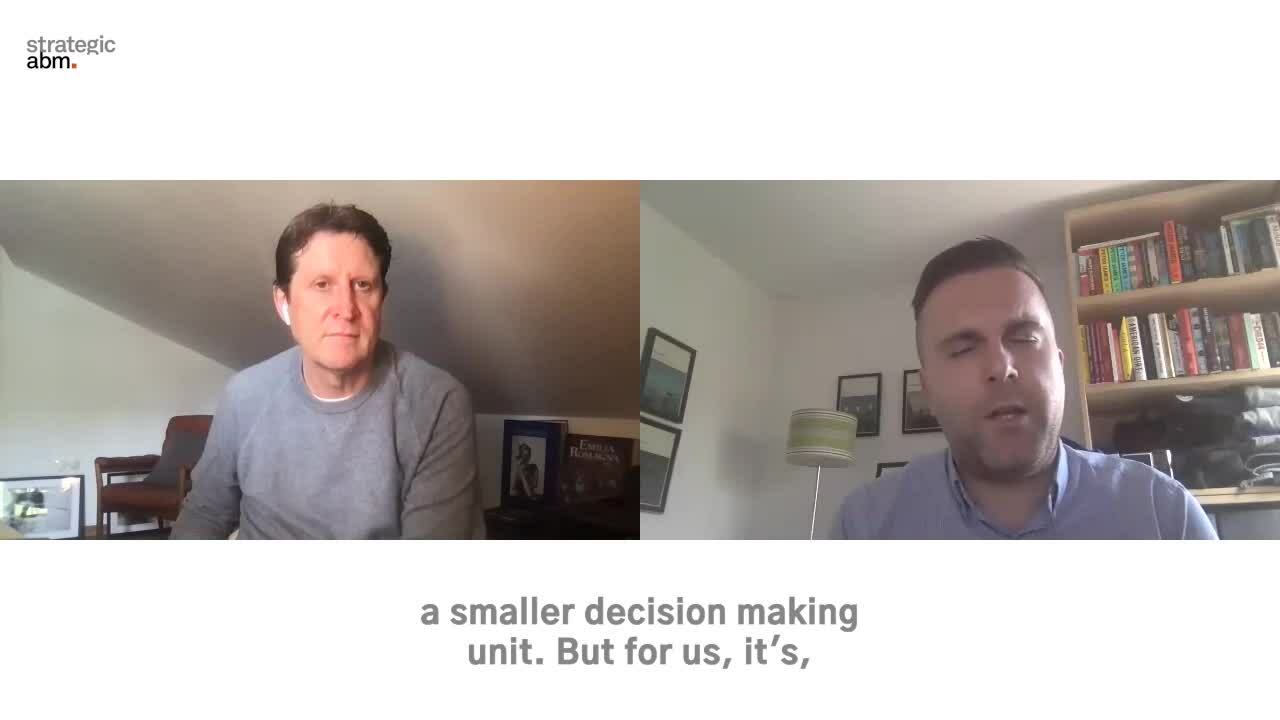
There will be a whole list of contacts that you can reach when pursuing an account, but the ones that hold the most weight will be Executive-level contacts - especially when it comes to One-to-one ABM.
Because the ultimate goal is to build relationships with people that are high up in those organizations because that’s when you’ll start to see the biggest rewards.
So really focus on building and fostering those relationships with the Executive Team and the C-suite, both internally and externally - because it’s those relationships that will give you the support and backing you need to succeed in ABM.
6. Be curious
You will never succeed in ABM if you don’t have a passion for it.
ABM is hard work. And as with anything that takes time and effort, you’re far more likely to be successful if you enjoy the process.
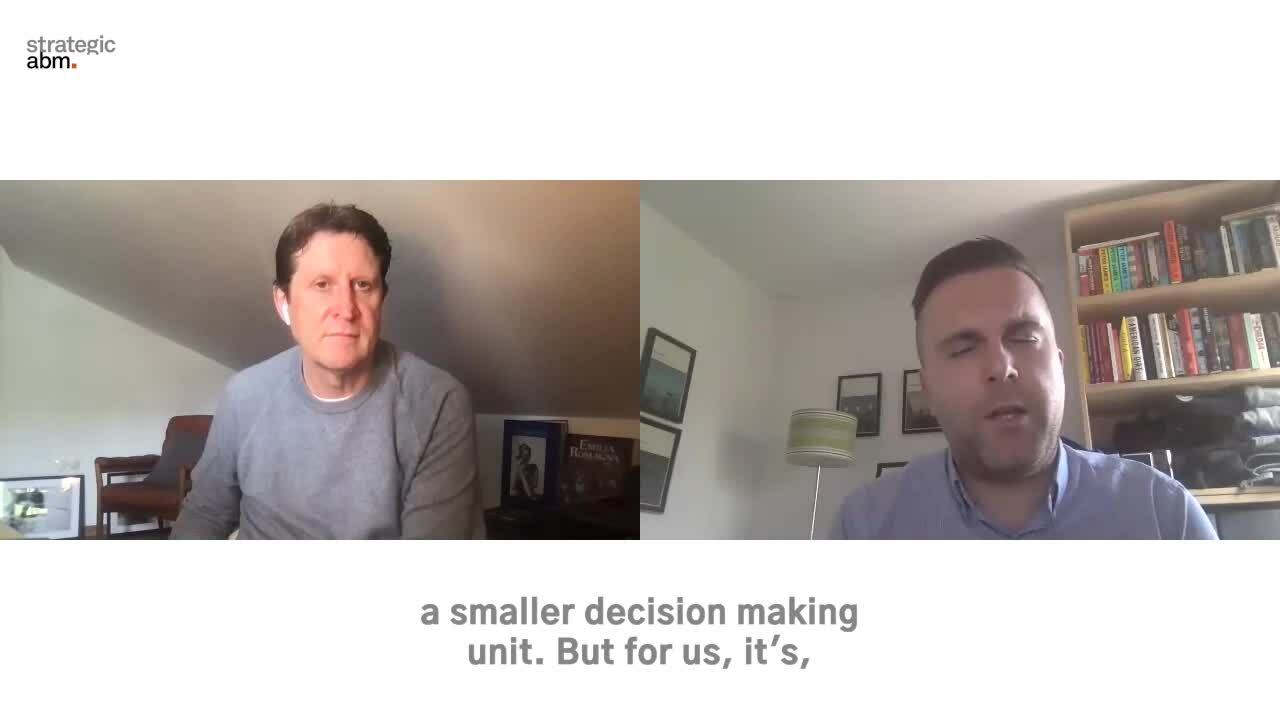
This is where LinkedIn becomes a huge asset because you can use this platform to connect and reach out to people with similar interests and career goals as you.
Soak up as much content as you can from these people. Podcasts, webinars, blogs, social media posts - anything that you can get your hands on.
The world of ABM and B2B Marketing is constantly evolving, so it’s really important that we nurture that curiosity and seek out the latest insights to keep us on our toes.
“Be curious, connect with people, connect with peers, you know, learn from them. Attend as many webinars as you can about the subject” - Matt Kent, Senior Marketing Manager (UK & IE), Pegasystems
But you also need to consider how that can be applied to your organization. After all, just because your competitor does a certain tactic, doesn’t mean it will work for your own organization.
So keeping that perspective of how you can apply those learnings to your program is critical.
7. Share your successes and learnings
ABM is not a short sprint. It’s a marathon. And it’s your job to give the stakeholders in your organization the motivation and the stamina to see it through to the finish line and beyond.
That’s why it’s so important to share your successes and learnings along the way. Even if it’s something small like a good piece of feedback from an account - share it.
Because giving your team that opportunity to step back and acknowledge their successes and their victories will transform your entire organization’s ethos.
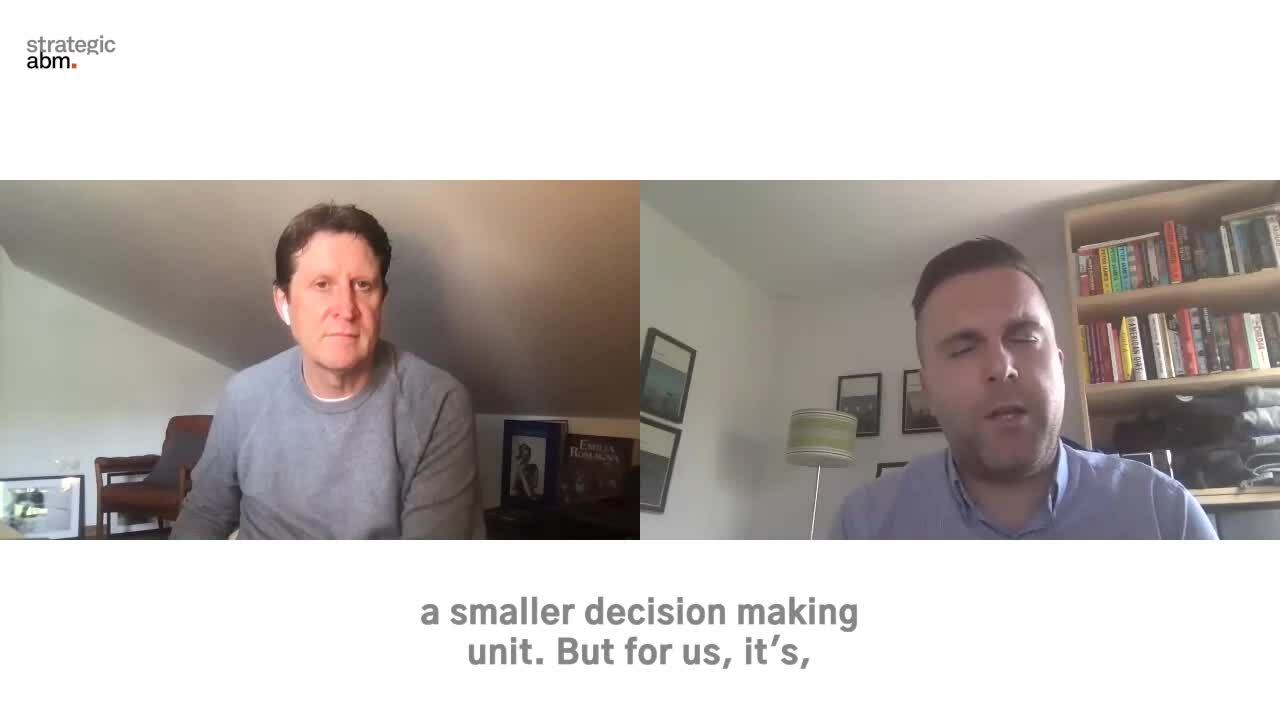
Without the motivation, your ABM program will lose speed. Your teams need to be able to see that what they are doing is producing results - even if they’re small, they’re still results!
“Account-based Marketing, it's a long-term approach and don't wait for six months to start sharing your successes, your learnings. Do it as soon as you've got it.” - Matt Kent, Senior Marketing Manager (UK & IE), Pegasystems
You can learn more about all things Account-based in our Let’s talk ABM webinar series, where we hear the latest insights from leading ABM experts.
You can also check out our brand new Let’s talk ABM podcast, for all the latest ABM insights on-the-go.





